Japanese design house Nendo recently teamed up with international fashion label BEIGE to remind the world why ‘experience’ in design is so important.
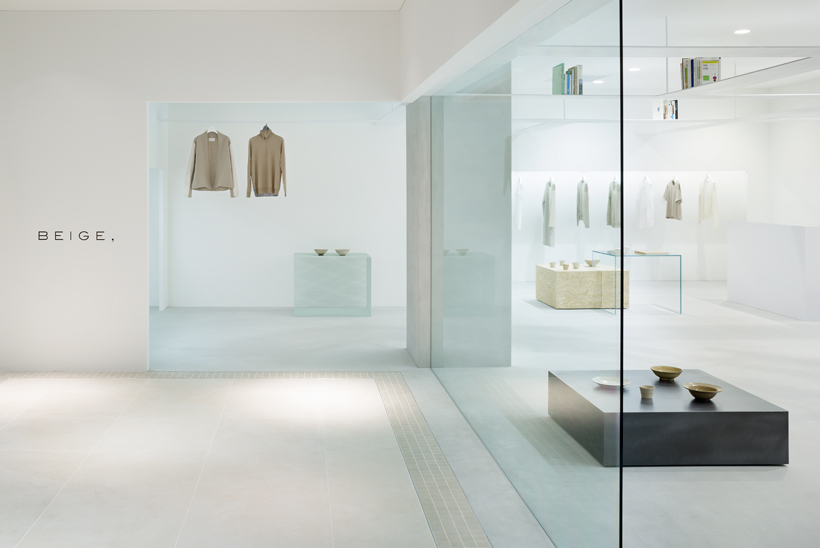
A concept store for international fashion house, BEIGE has been newly opened in the Tamagawa Takashimaya shopping centre in suburban Tokyo. The store has been crafted by minimalist heroes, Nendo, as a multi-functional space that would accommodate multiple uses; a shop for selling interior goods, a library space for book-lending and a gallery space for regular events and art exhibitions in addition to the main clothing retail space.
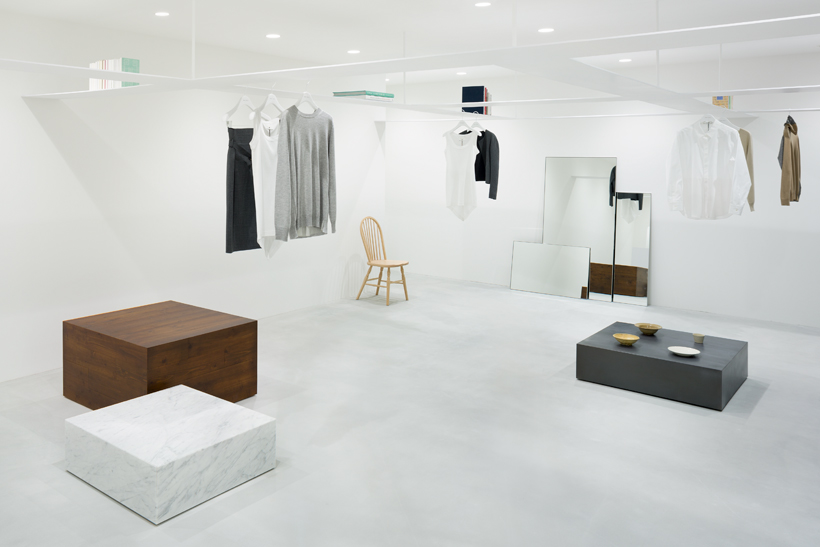
It should come as no surprise to hear that consumer behavior over the past year in particular has adopted a strong movement toward highly interactive and experiential environments. Users and consumers are demanding much more than mere product – they are demanding experience, a story; something abstract and intangible beyond the product that they can connect with.
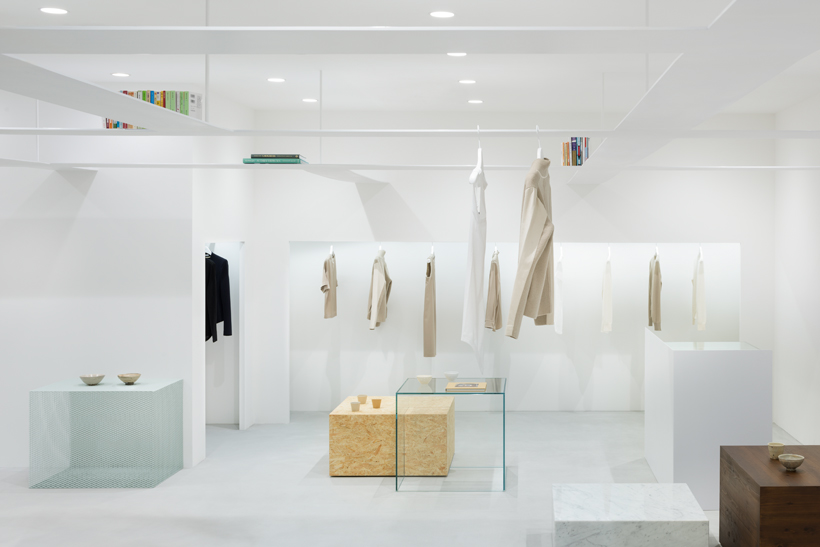
The reason for this shift has largely been driven by clever retailers and executed by designers’ post-GFC, who came to the realization that product alone, was not enough to secure repeat, loyal customers.
To curb this trend, many brands have been quick to establish “the brand experience” to compliment the product they supply. In the case of BEIGE for instance, complimenting the fashion experience with engaging activities that pair-well with the overall identity of the brand itself – such as the library and gallery space – encourages the targeted consumer to make a lasting connection with the brand beyond its merchandise.
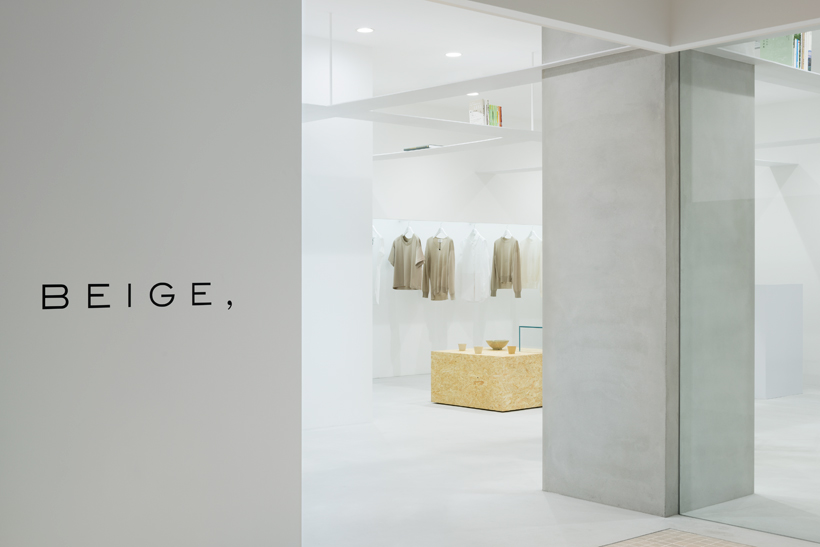
Nendo of course, created some stunning design solutions to realize these goals. “We considered a zoning approach with specific areas for the shop’s different elements,” explains Nendo founder and designer, Oki Sato, “then decided that subdividing the already small space any further would simply clutter it. To avoid this, we chose to stratify the space vertically instead.”
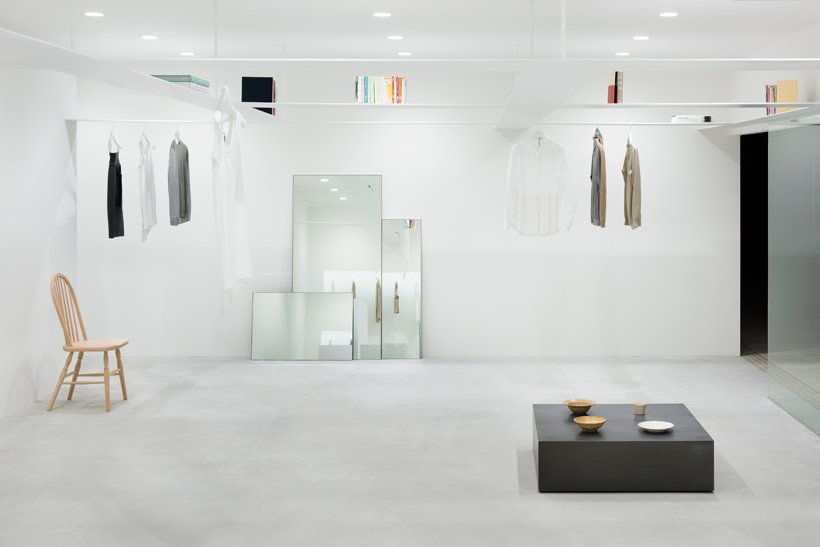
All photos by Takumi Ota
BEIGE by Nendo should serve as a strong reference point for suppliers trying to recapture and strengthen their relationship with their market, and for designers creating solutions for their clients outside of just specifying product.